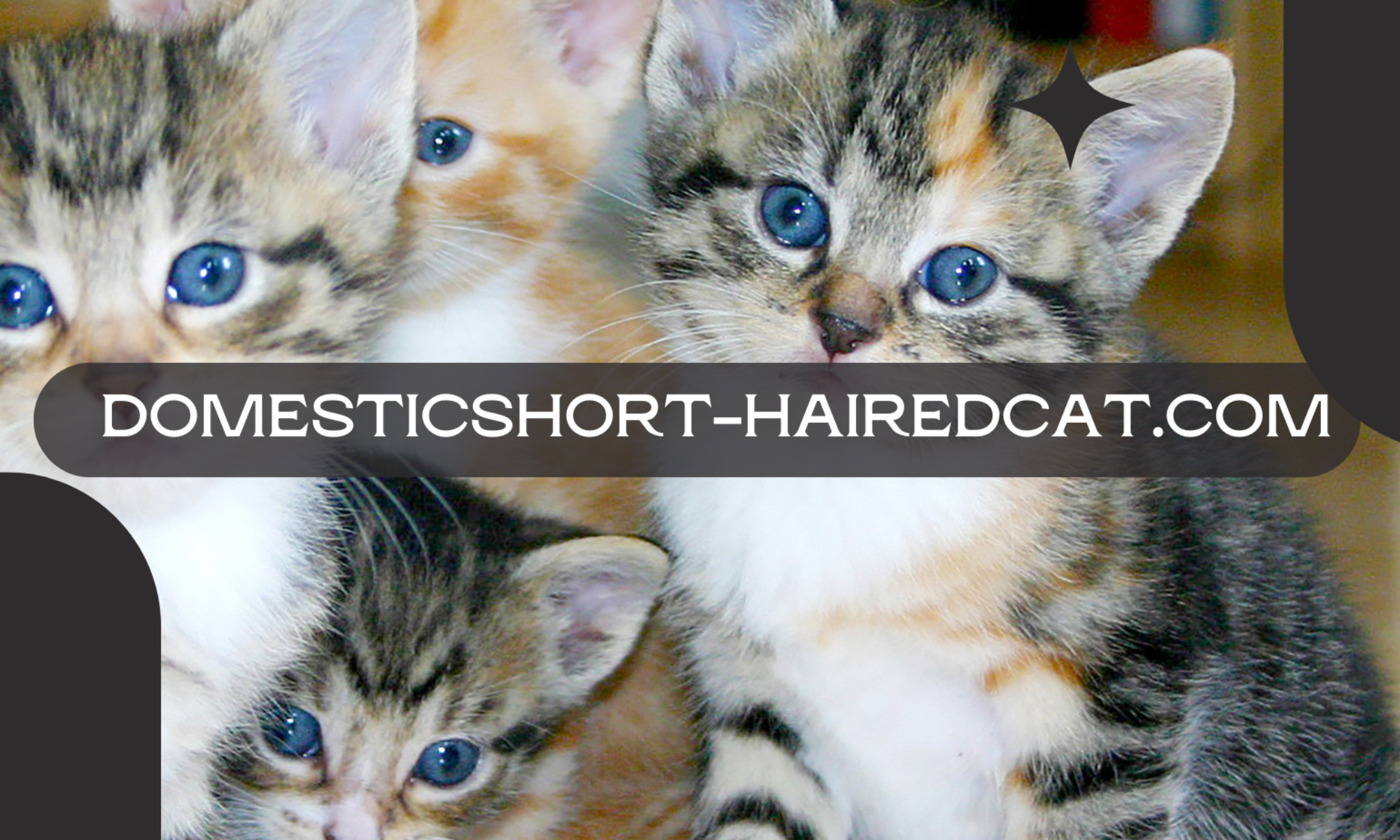Serval and Bengal cats are some of the most exotic cats in our existence today. Because I’m obsessed with cats, specifically the more exotic breeds, I decided to write this article to shed all the nerdy details in one place and share with you. Here we go:
Roots of Both Breeds
The first stop in our exploration is understanding how Bengals and Servals came to be:
Bengal Cat Ancestry
The Bengal cat is a hybrid breed that was created by breeding an Asian leopard cat with a domestic cat.
Jean Mill, a breeder in California, was the first to breed the Asian leopard cat with a domestic cat in the 1970s. The goal was to create a breed that had the wild look of a leopard but the temperament of a domestic cat.
The breed was officially recognized by The International Cat Association (TICA) in 1983.
Serval Roots
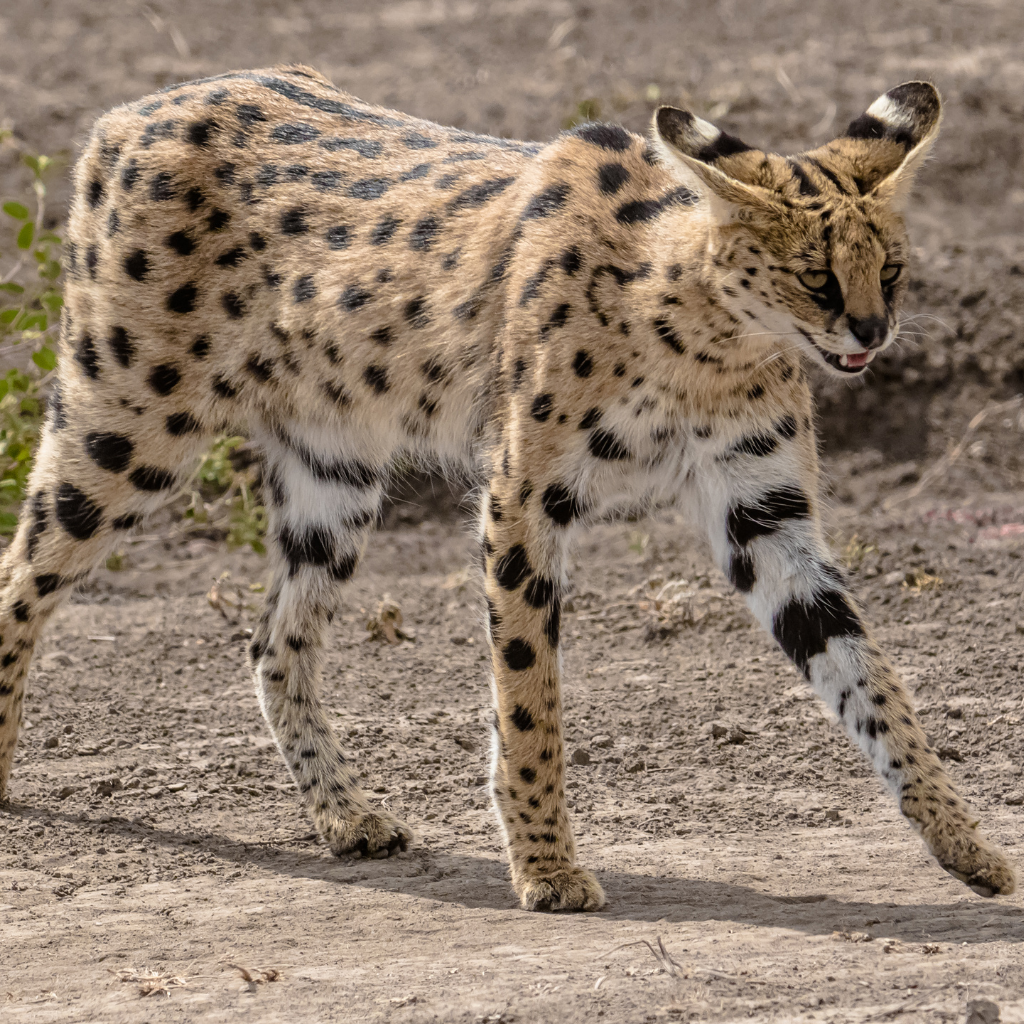
The Serval is a wild cat that is native to Africa. They are known for their distinctive spotted coats and long legs.
Servals have been kept as pets for thousands of years in Egypt where they were often depicted in ancient artwork. In the United States, it is legal to own a Serval in some states but not in others.
They are often bred with domestic cats to create a hybrid breed called the Savannah cat.
Development of Bengal Cats
Bengal cats were developed by breeding the Asian leopard cat with domestic cats such as the Egyptian Mau, Burmese, and Abyssinian.
The breeding program was successful in creating a breed that had the wild look of a leopard but the temperament of a domestic cat. The breed was officially recognized by TICA in 1983 and has since become one of the most popular breeds of cats.
Physical Characteristics
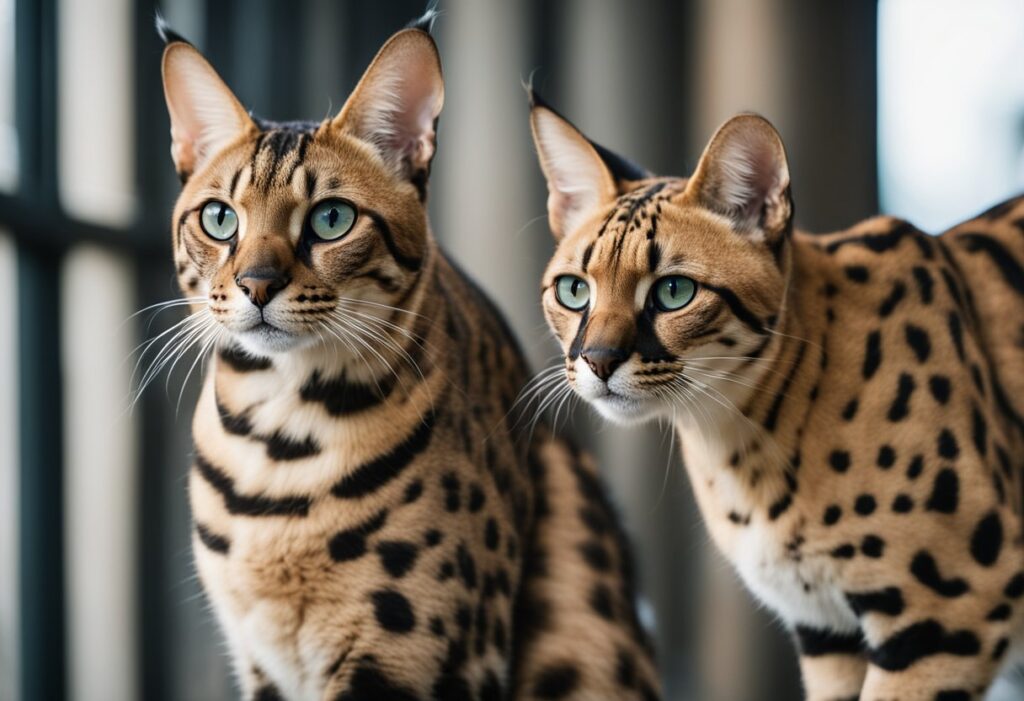
Bengal cats and servals have distinct physical characteristics that set them apart. In this section, I will discuss the size and weight comparison, coat and patterns, and distinctive features of both cats.
Size and Weight Comparison
Bengal cats are medium to large-sized cats, weighing between 8-15 pounds. They have a muscular build and a sleek, athletic appearance.
On the other hand, servals are larger than Bengal cats, with males weighing up to 40 pounds and females weighing up to 25 pounds. They have a lean, tall build and long legs that give them a distinctive appearance.
Coat and Patterns
Both Bengal cats and servals have unique coat patterns that make them stand out.
Bengal cats have a coat that comes in a variety of colors, including brown, black, and gold. They also have a spotted or marbled coat pattern that is similar to that of a wild leopard.
Servals, on the other hand, have a coat that is typically golden with black spots. Their coat is short and dense, which helps them stay cool in their native African habitats.
Distinctive Features
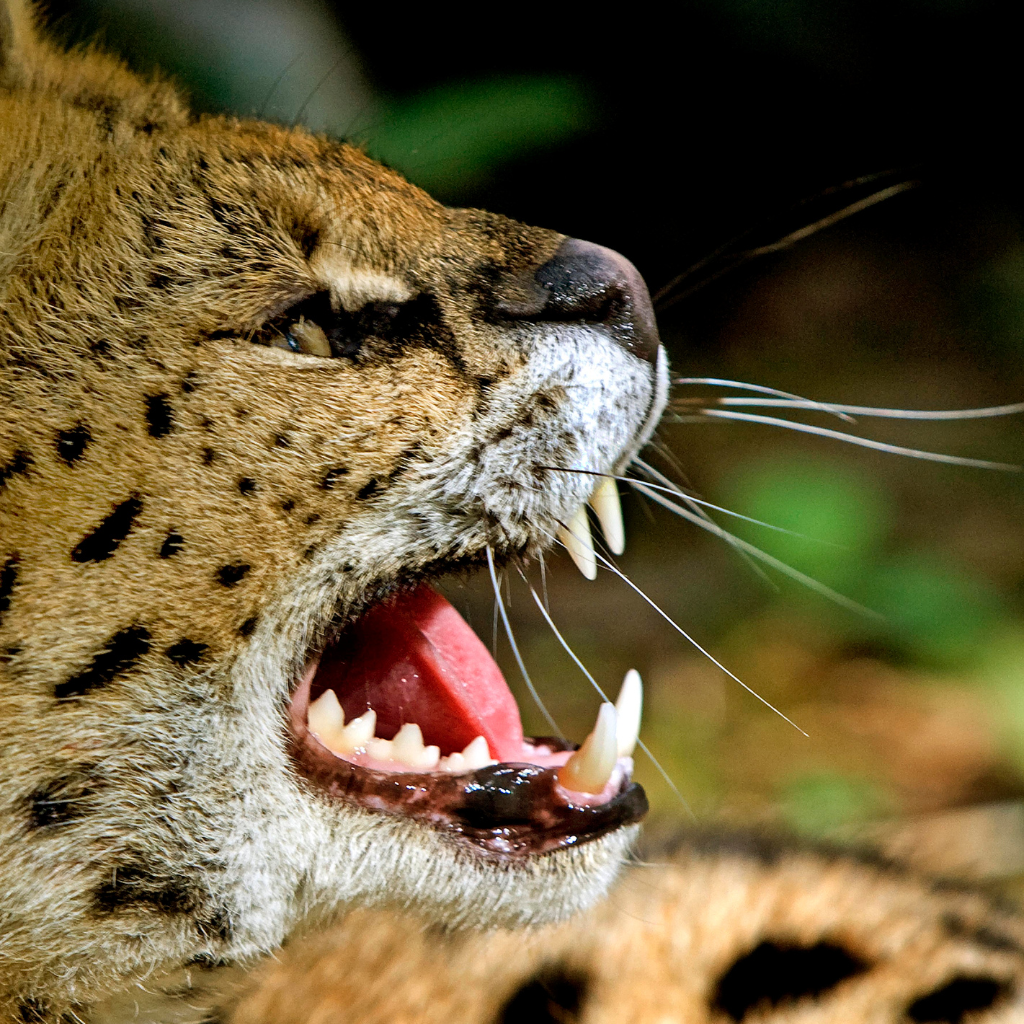
One of the most distinctive features of the Bengal cat is their large ears. Their ears are round and set far apart, giving them a wild appearance.
Servals also have large ears, which they use to locate prey in the wild. Another distinctive feature of the Bengal cat is their tail, which is thick and muscular.
Servals have a long, slender tail that helps them balance while running and jumping.
Behavior and Temperament
As a Bengal cat owner, I can attest to their playful and affectionate personality. Bengals are known for their high energy levels and love for playtime. They are incredibly intelligent and curious, making them a joy to interact with.
Activity Levels
Bengals are an active and energetic breed, requiring plenty of playtime and exercise to stay happy and healthy.
They love to run, jump, and climb, so providing them with plenty of toys and a tall cat tree is essential.
Interaction and Sociability
Bengals are known for their friendly and social personalities. They love to interact with their owners and are often described as “dog-like” in their loyalty and affection.
They are vocal cats and will often meow to get your attention or express their emotions.
Intelligence and Training

Bengals are highly intelligent cats and can be trained to do a variety of tricks and behaviors.
They are quick learners and respond well to positive reinforcement training methods. They are also very curious cats and love to explore their surroundings.
On the other hand, Servals are wild cats and are not typically kept as pets. While they may appear similar to Bengals in appearance, their behavior and temperament are vastly different.
Servals are solitary animals and do not crave socialization like domestic cats do. They are also much more vocal and have a distinct “yowl” that they use to communicate with other Servals.
Health and Care
When it comes to health and care, Bengal cats and Servals have different needs and requirements. Therefore, it is essential to understand the differences between the two breeds to provide them with proper care and ensure they live a healthy and happy life.
Lifespan and Health Concerns
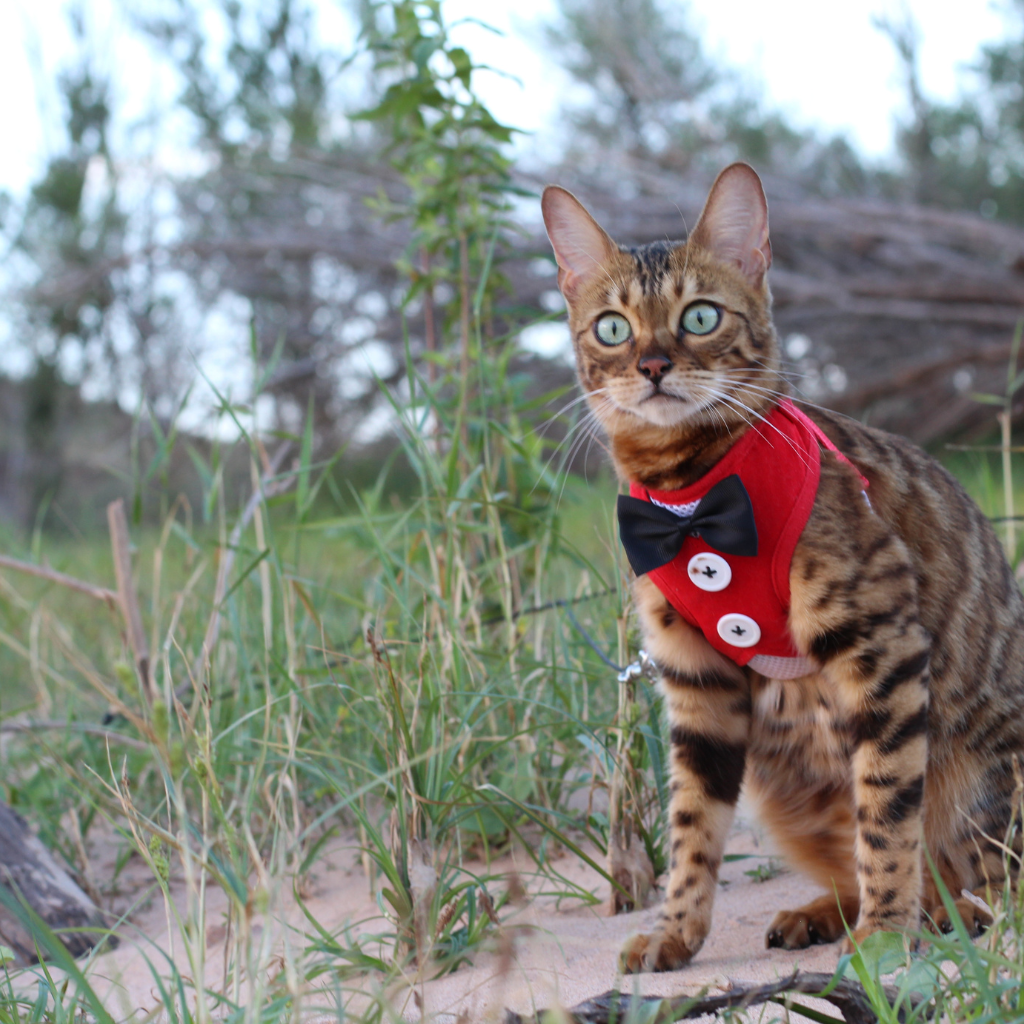
Bengal cats have a lifespan of 12 to 16 years, while Servals live for about 10 to 12 years.
Both breeds are generally healthy and have no specific health concerns. However, Bengal cats may be prone to hypertrophic cardiomyopathy, a heart condition that can be inherited. Therefore, it is essential to get your Bengal cat checked by a veterinarian regularly.
Grooming Needs
Bengal cats have short, silky fur that requires minimal grooming. They shed moderately, and brushing once a week is enough to keep their coat healthy and shiny.
In contrast, Servals have thick, short fur that requires regular grooming. They shed heavily during the spring and fall, and brushing them two to three times a week can help keep their coat healthy.
Diet and Nutrition
Bengal cats and Servals have different dietary needs.
Bengal cats are carnivores and require a high-protein diet, which can be met through commercial cat food or a raw food diet.
Servals, on the other hand, are obligate carnivores and require a diet that includes whole prey, such as mice, rats, and birds. It is essential to provide them with a balanced diet that meets their nutritional needs.
Living with a Bengal Cat or Serval
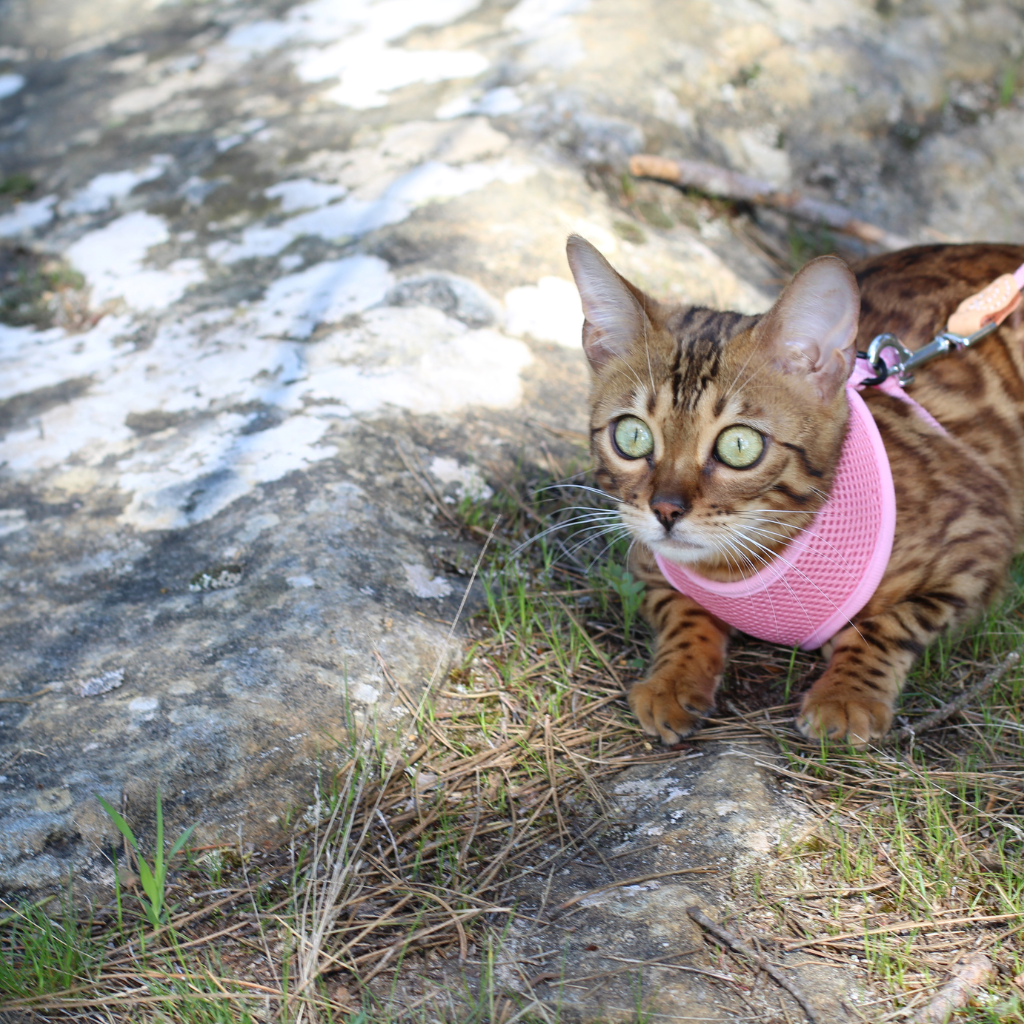
If you are considering getting a Bengal cat or Serval as a pet, it’s important to know what living with one entails. Both cats have unique environmental needs and require plenty of exercise and mental stimulation.
In this section, I will discuss what it is like to live with a Bengal cat or Serval, including their environmental needs, exercise and mental stimulation, and compatibility with families.
Environmental Needs
Bengal cats and Servals have different environmental needs.
While Bengals are domesticated cats that can adapt to living in a house or apartment, Servals are wild cats that require a lot of space to roam.
If you are considering getting a Serval, you will need to provide them with a large enclosure where they can run and play.
Bengals, on the other hand, enjoy climbing and need plenty of vertical space in their living area. Providing them with a cat tree or other high surfaces will keep them happy.
Both cats require access to fresh water at all times. It is important to provide clean, fresh water in a bowl or fountain that is easily accessible to your cat.
Exercise and Mental Stimulation
Both Bengals and Servals require plenty of exercise and mental stimulation to stay healthy and happy.
Bengals are active cats that need daily playtime and interactive toys to keep them entertained. They also enjoy learning tricks and playing with their owners.
Servals require even more exercise and mental stimulation than Bengals. They are natural hunters and need plenty of opportunities to stalk, chase, and pounce. Providing them with interactive toys and playtime will keep them mentally stimulated and physically active.
Legal and Ethical Considerations
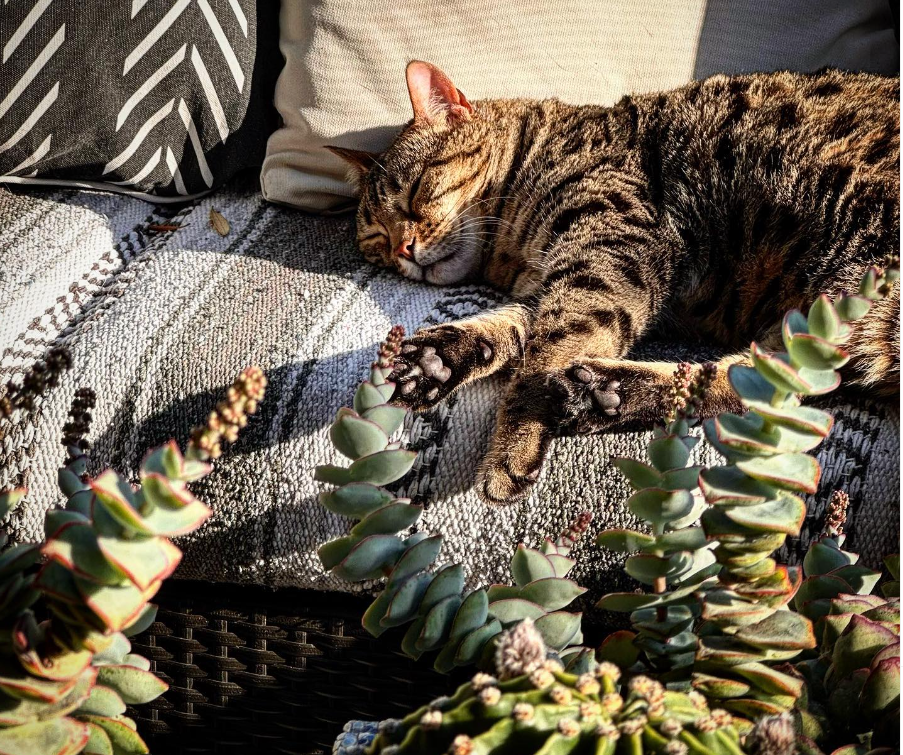
As a potential owner of a Bengal cat or a Serval, it is crucial to understand the legal and ethical considerations that come with owning these exotic felines.
Ownership Laws
In the United States, the laws regarding ownership of Bengal cats and Servals vary from state to state.
Some states, such as California, have strict laws that prohibit the ownership of wild cats without a special permit. On the other hand, some states like Alabama have no laws preventing ownership of Servals, but importing them may be restricted.
It is important to research the ownership laws in your state before considering owning a Bengal cat or Serval.
Breeding and Conservation
Bengal cats are a hybrid breed that originated from the crossbreeding of Asian leopard cats and domestic cats in the 1960s.
Breeders have continued to breed Bengal cats to maintain their unique characteristics. However, it is important to note that breeding Bengal cats with wild cats, such as Servals, is illegal in many states due to concerns about conservation and genetics.
Serval cats are classified as an exotic pet throughout the United States.
While they are legal to own in some states, they are illegal in others due to concerns about public safety and wildlife conservation.
It is important to note that breeding Servals with domestic cats to create Savannah cats is legal in some states but not others.
As a responsible owner, it is crucial to understand the impact of breeding and owning these exotic cats on their conservation and genetics.
It is recommended to research and consult with reputable breeders and conservation organizations before making a decision to own a Bengal cat or Serval.
Media Representation

Bengal cats and Servals have been featured in various forms of media, including movies, TV shows, and books.
In the 2016 movie “The Secret Life of Pets,” one of the main characters, Chloe, is a blue-eyed, chubby tabby cat who befriends a Sphynx cat, a Pomeranian, and a red-tailed hawk.
Bengal cats have also been featured in movies such as “The Aristocats” and “Breakfast at Tiffany’s.”
Celebrity Ownership
Over the years, many celebrities have owned Bengal cats and Servals.
Taylor Swift, Ed Sheeran, and Paris Hilton are just a few of the celebrities who have been seen with Bengal cats.
On the other hand, Servals are considered exotic pets and require special permits to own in many states. Celebrities such as Michael Jackson, Salvador Dali, and Nicolas Cage have owned Servals.
Bengal cats have gained popularity in recent years due to their unique coat patterns and playful personalities. They are recognized by the International Cat Association as a rare domestic breed and are known for their athleticism and intelligence.
Servals, on the other hand, are wild cats and are not recognized as a domestic breed. They are rare and exotic, and owning one requires extensive knowledge and experience with wild animals.
Are there any cat breeds similar in appearance or temperament to Bengal cats?
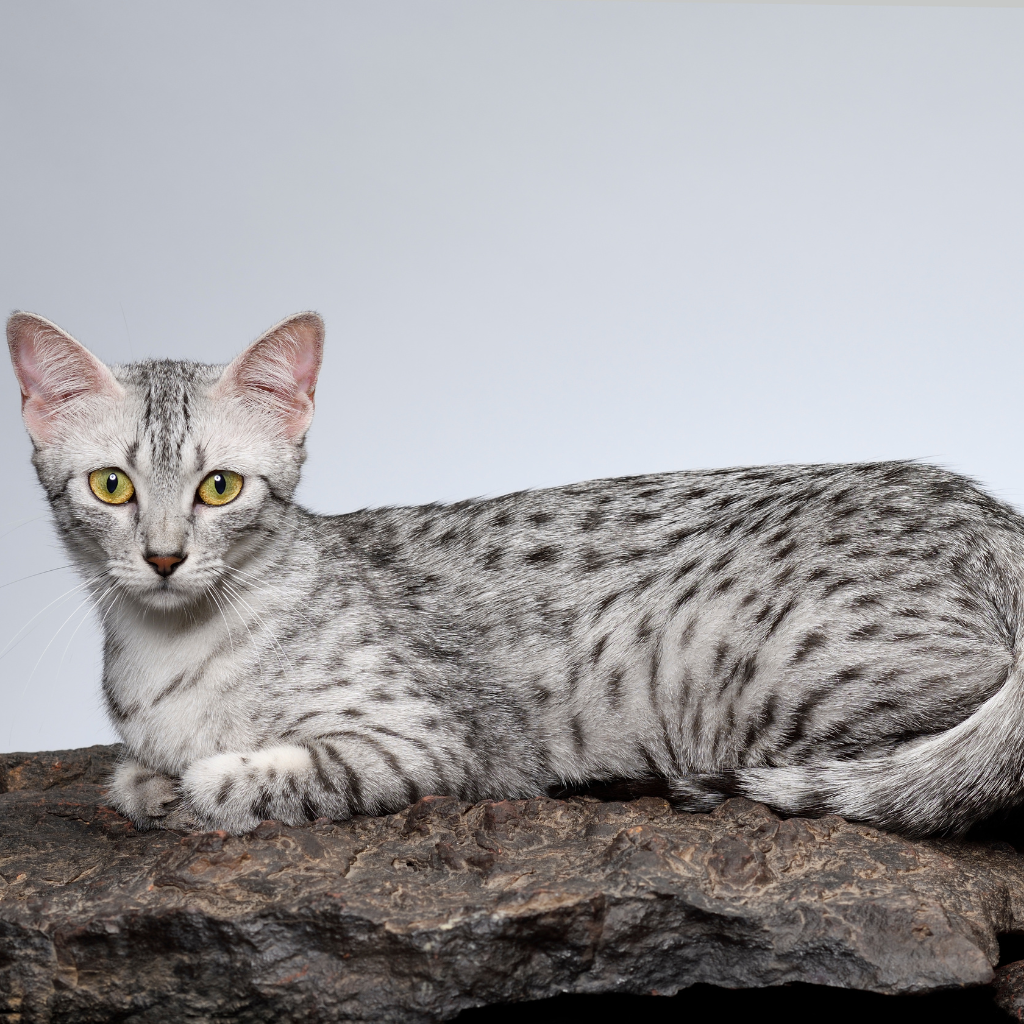
There are a few cat breeds that are similar in appearance or temperament to Bengal cats. The Egyptian Mau is a breed that has a similar spotted coat pattern to Bengal cats. They are also known for being active and playful.
The Ocicat is another breed that has a similar spotted coat pattern to Bengal cats. They are also known for being affectionate and intelligent.
The Toyger is a breed that has a similar striped coat pattern to Bengal cats. They are also known for being playful and social. However, it is important to note that each breed has its own unique personality and characteristics.
What are the main differences between a Bengal cat and a Savannah cat?
Both breeds are known for their wild and exotic appearance but they have some distinct differences that set them apart.
One of the most noticeable differences between Bengal and Savannah cats is their size.
Savannah cats are the largest domestic cat breed in the world and, on average, are twice the size of Bengal cats.
Savannah cats can weigh up to 25 pounds as adults while adult Bengal cats do not normally weigh more than 15 pounds. Savannah cats are also usually 20 inches long as adults while Bengal cats are around 16-18 inches long.
Another difference between the two breeds is their appearance.
While both breeds have a wild and exotic look, Savannah cats have longer legs and a more slender body than Bengal cats. They also have larger ears and longer necks, which gives them a more regal appearance.
On the other hand, Bengal cats have a more muscular build and a shorter, thicker tail. They have a sleeker coat with distinct spots and stripes, while Savannah cats have a more solid coat with spots.
Personality is another area where the two breeds differ.
Savannah cats are known for their high energy and love of play. They are also very intelligent and require a lot of mental stimulation to keep them happy.
On the other hand, Bengal cats are more laid back and affectionate. They are known for their love of cuddles and are often described as “lap cats.”
